Abstract
At present, eight non-human primate research facilities exist in Korea to examine the validity and safety of new bio-products, and to generate model animal systems using primates of low health status (low quality primates). However specific-pathogen free (SPF) primates (high quality primates) are the preferred choice for emerging disease studies and for numerous other research areas, including cell/gene therapy, stem cell research, regenerative studies, and brain science. Although international primate centers in developed countries have utilized high quality primate resources for many years, there has been little or no collaboration with less developed countries on primate research. Due to this, the establishment of a high quality primate research capacity is a core priority for the advancement of the biomedical research field in less developed countries. In this study, we investigated the demand for, and opportunities to support the development of this research capability.
References
Agy, M. (. 2004. ). Colony Health Diagnostic Laboratory, pp. 488–506. Washington National Primate Research Center, PHS 398/2590 (Rev. 09/04), Seattle.
Capitanio, J.P., Kyes R.C. and Fairbanks, L.A. (. 2006. ). Considerations in the selection and conditioning of old world monkeys for laboratory research: animals from domestic sources, ILAR. 47(4):294–306.
Douagi, I., Forsell, M.N., Sundling, C., O'Dell, S., Feng, Y., Dosenovic, P., Li, Y., Seder, R., Loré, K., Mascola, J.R., Wyatt, R.T. and Karlssson Hedestam, G.B. (. 2010. ). Influence of novel CD4 binding-defective HIV-1 envelope glycoprotein immunogens on neutralizing antibody and T-cell responses in nonhuman primates. J. Virol. 84(4):1683–1695.
Fortman, J.D., Hewett, T.A. and Bennett, B.T. (. 2002. ). The Laboratory Nonhuman Primate. pp. p. 223–226. CRC press, Boca Raton.
Friedrich, T. and Watkins, D.I. (. 2002. ). Influence of MHC Gene Products on Immune Control of AIDS Virus Infection; Consideration for Use in Nonhuman-Primate Resouces, In International Perspectives: The Future of Nonhuman Primate Resources, pp. 122–127. The National Academies Press, Washington DC.
Hyun, B.H. 2001. ) Development of Basic and Applied Technology for Primate Rresearch, pp 37–511, Ministry of Science & Technology, Seoul.
Hyun, B.H. 2004. ) Use of Laboratory Primate and Roll of Korean National Primate Research Center,. http://www.bioin.or.kr/board.do?num=116293&cmd=view&bid=industry&cate1=. &cate2=&s_key=&s_str=&page=124&sdate=&edate=, Biozine, Daejeon.
Hyun, B.H. (. 2009. ). Feasibility Study to Establish the Research and Assesment System Using NonHuman Primate, pp. 8, Korea Food & Drug Administration, Seoul.
Mansfield, K. (. 2002. ). Specific Pathogen-Free Rhesus Macaques, In International Perspectives: The Future of Nonhuman Primate Resources, pp. 160–173. The National Academies Press, Washington DC.
Mansfield K. (. 2005. ). Development of Specific Pathogen-Free Nonhuman Primate Colonies, Nonhuman Primate Resources, In The Laboratory Primate, pp. 229–239. Elsevier, London.
Morton, W.R., Kyes, K.B., Kyes, R.C., Swindler, D.R. and Swindler, K.E. (. 2005. ). Use of the Primate Model in Research, In The Laboratory Primate, pp. 405–415. Elsevier, London.
Pamunkas, J. and Sajuthi, D. (. 2002. ). Sustainable Primate Resources through SPF Breeding Programs in Indonesia, In International Perspectives: The Future of Nonhuman Primate Resources, pp. 20, The National Academies Press, Washington DC.
Yanwei, L. 2004. ) Quality of Laboratory Primates in China, In Conference for Laboratory Animal Science and Technology, pp 151, JALAS proceeding, Nagasaki.
Yoshida, T. and Fujimoto, K. (. 2006. ). The TPRC Handbook on the Care and Management of the Laboratory Cynomolgus Monkey. pp. p. 1–3. 63–65,. Springer;Japan, Tokyo:
Figure 4.
Preferred approach for addressing international competition from existing high quality primate research centers.
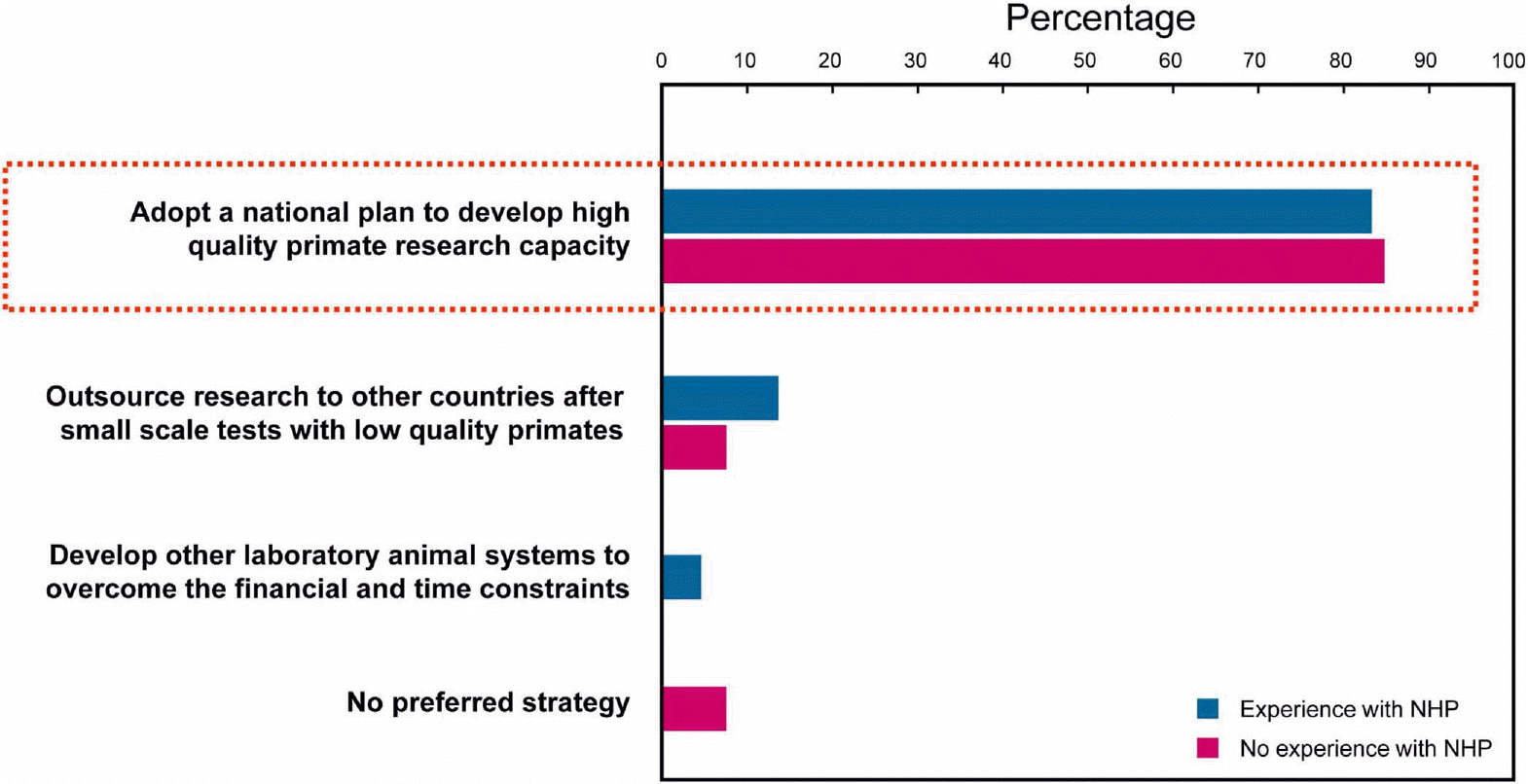
Table 1.
Laboratory primate resources in developed countries
| Name of primate centers | Number of monkeys (species) |
|---|---|
| California National Primate Research Center (CNPRC), Davis, USA | 3,535 monkeys (3) |
| New England National Primate Research Center (NEPRC), Southborough, USA | 1,561 monkeys (9) |
| Oregon National Primate Research Center (ONPRC), Beaverton, USA | 4,050 monkeys (3) |
| Southwest National Primate Research Center (SNPRC), San Antonio, USA | 3,900 monkeys and 230 chimpanzees (6) |
| Tulane National Primate Research Center (TNPRC), Covington, USA | 3,642 monkeys (13) |
| Washington National Primate Research Center (WaNPRC), Seattle, USA | 4,501 monkeys (4) |
| Wisconsin National Primate Research Center (WNPRC), Madison, USA | 1,220 monkeys (3) |
| Yerkes National Primate Research Center (YNPRC), Atlanta, USA | 2,500 monkeys (9) |
| Tsukuba Primate Research Center (TPRC), Tsukuba, Japan | 1,600 monkeys (2)∗ |
| Primate Research Institute, Kyoto University (KUPRI), Inuyama, Japan | 850 monkeys and apes (20) |
| Research Center for Animal Life Science (RCALS), Shiga, Japan | 720 monkeys (1)∗ |
| German Primate Center (DPZ), Göttingen, Germany | 1,265 monkeys (8) |




 PDF
PDF ePub
ePub Citation
Citation Print
Print


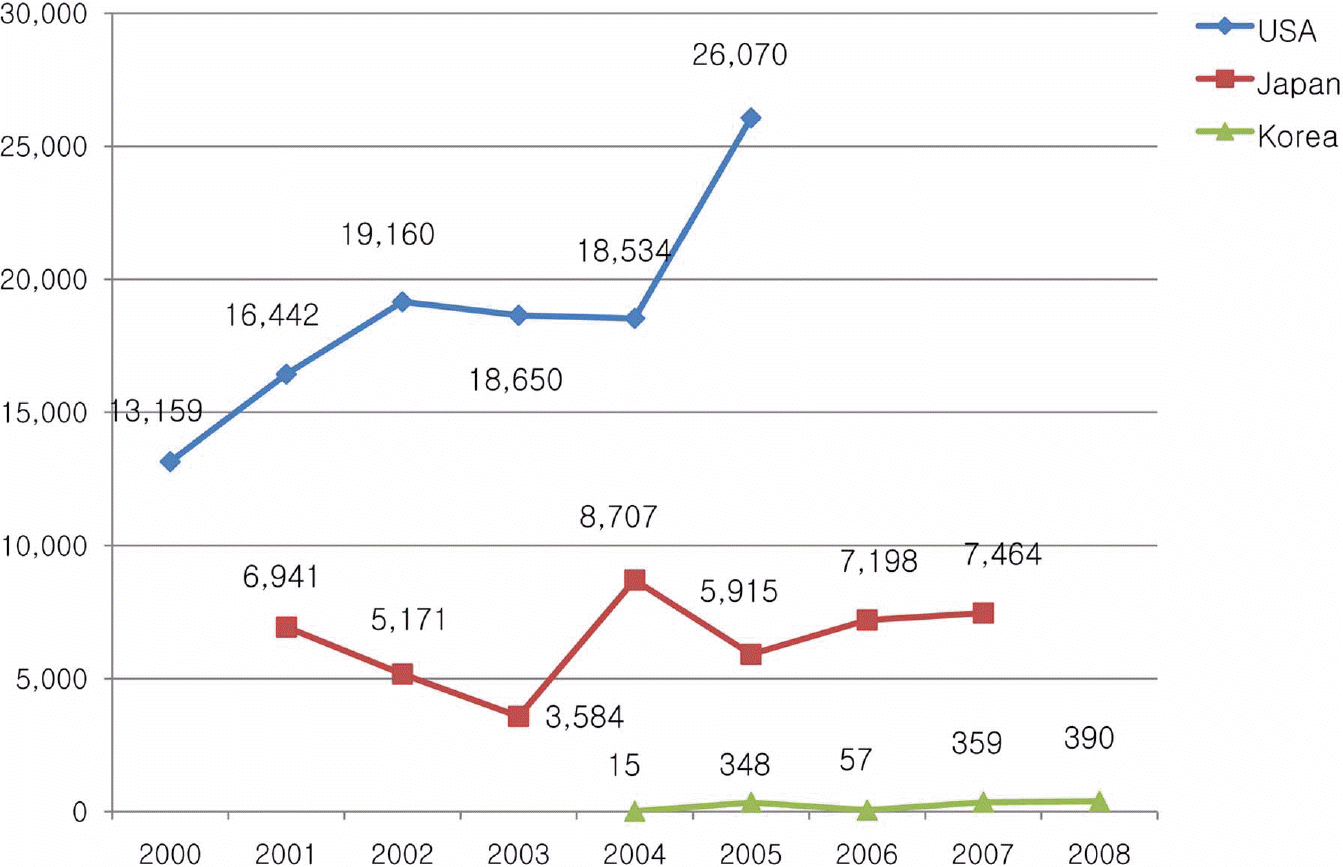
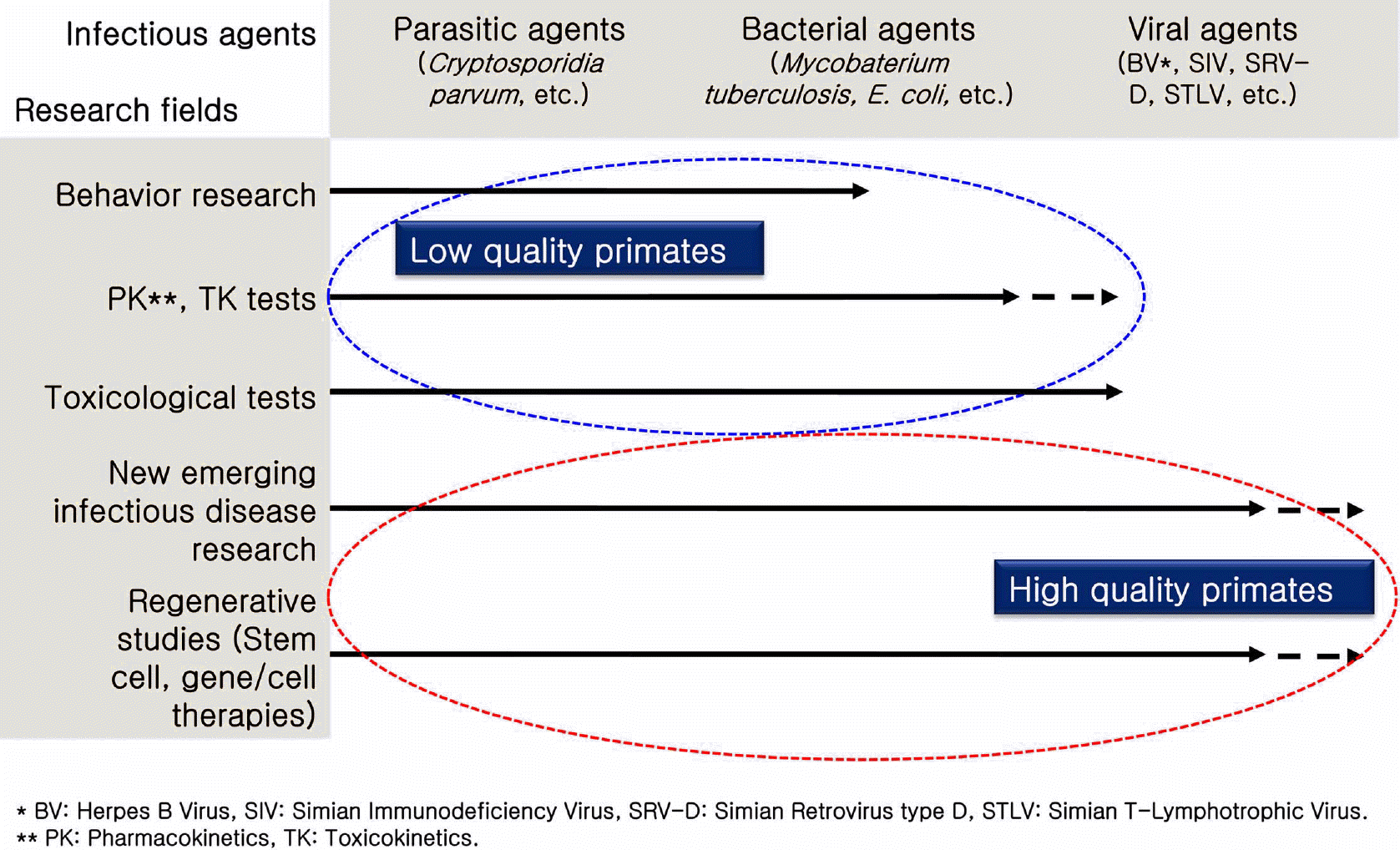
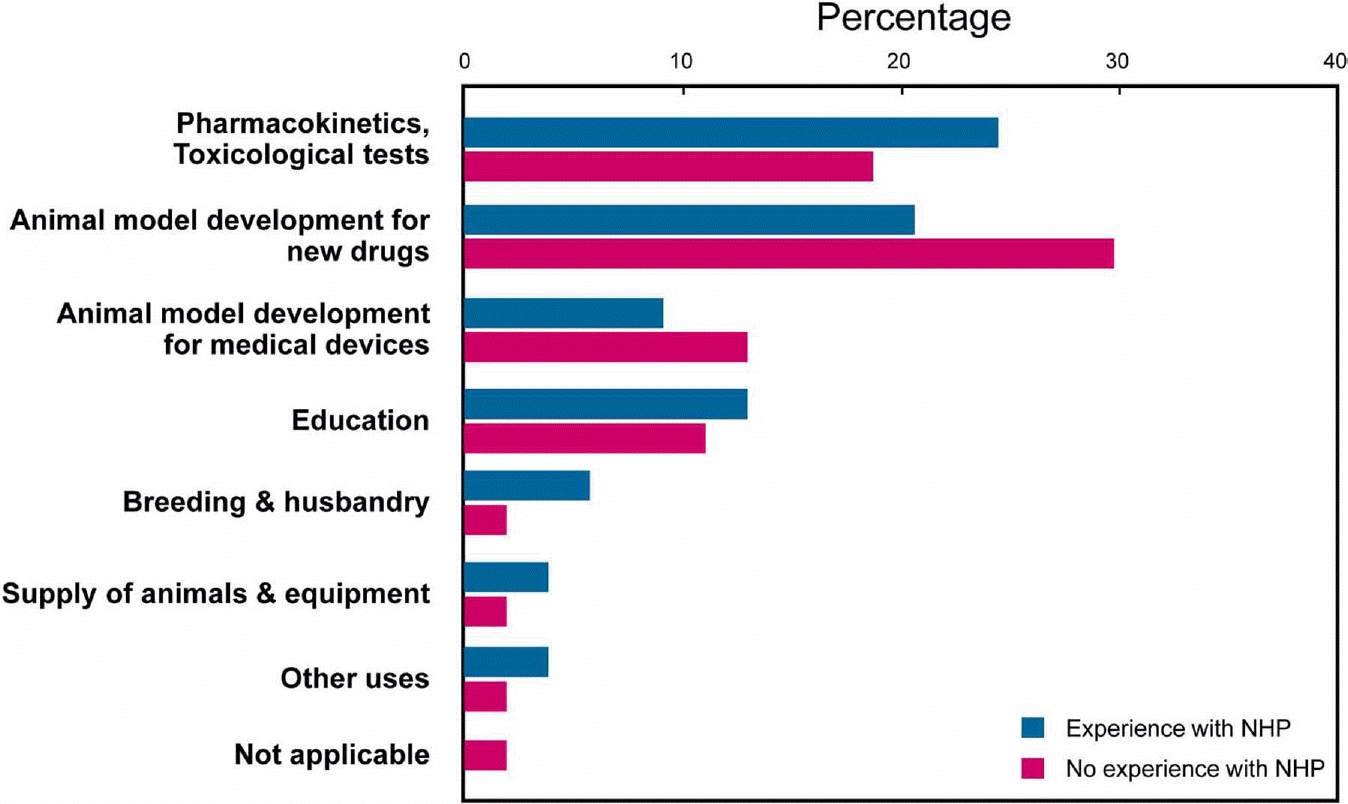
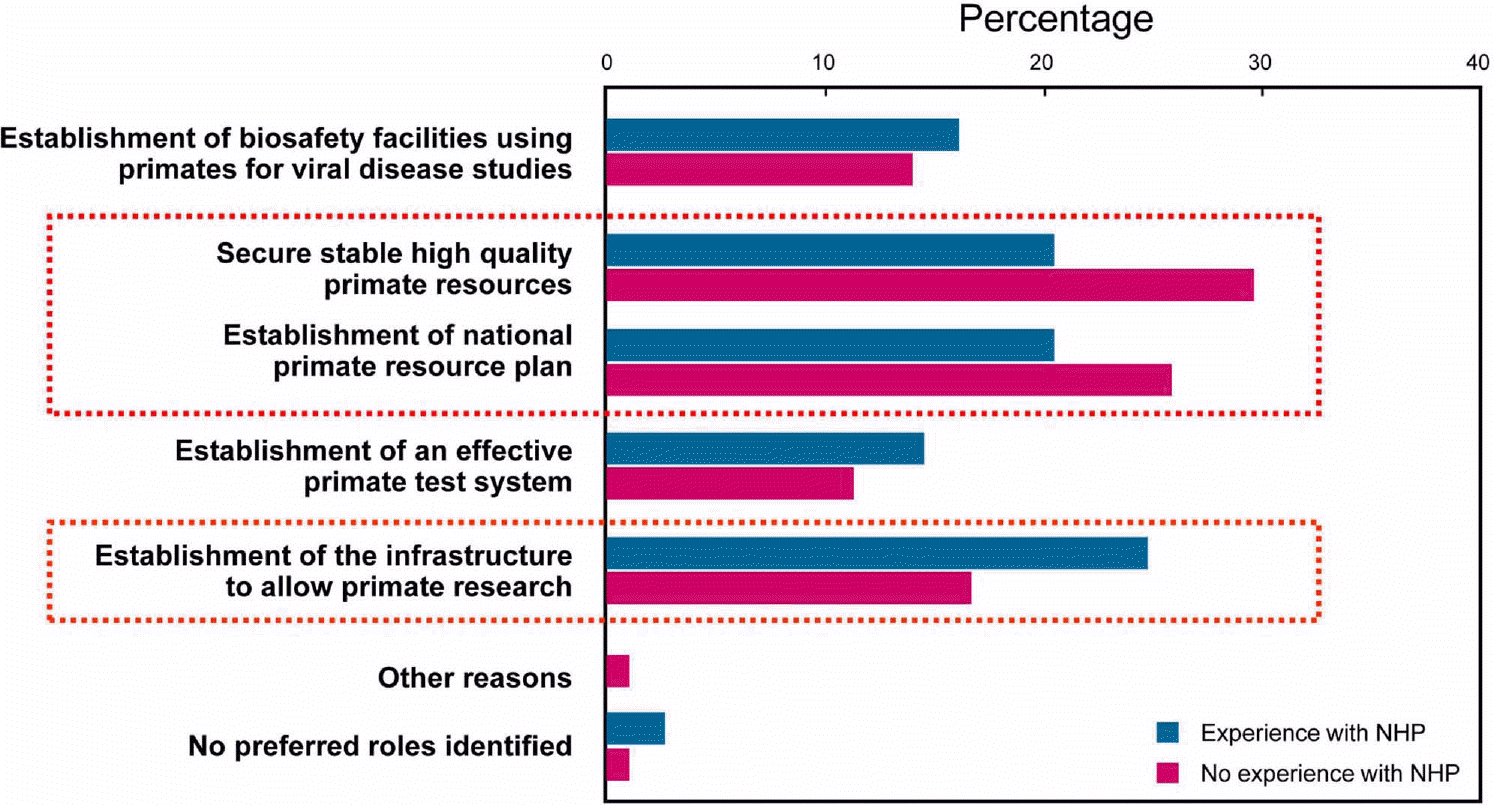
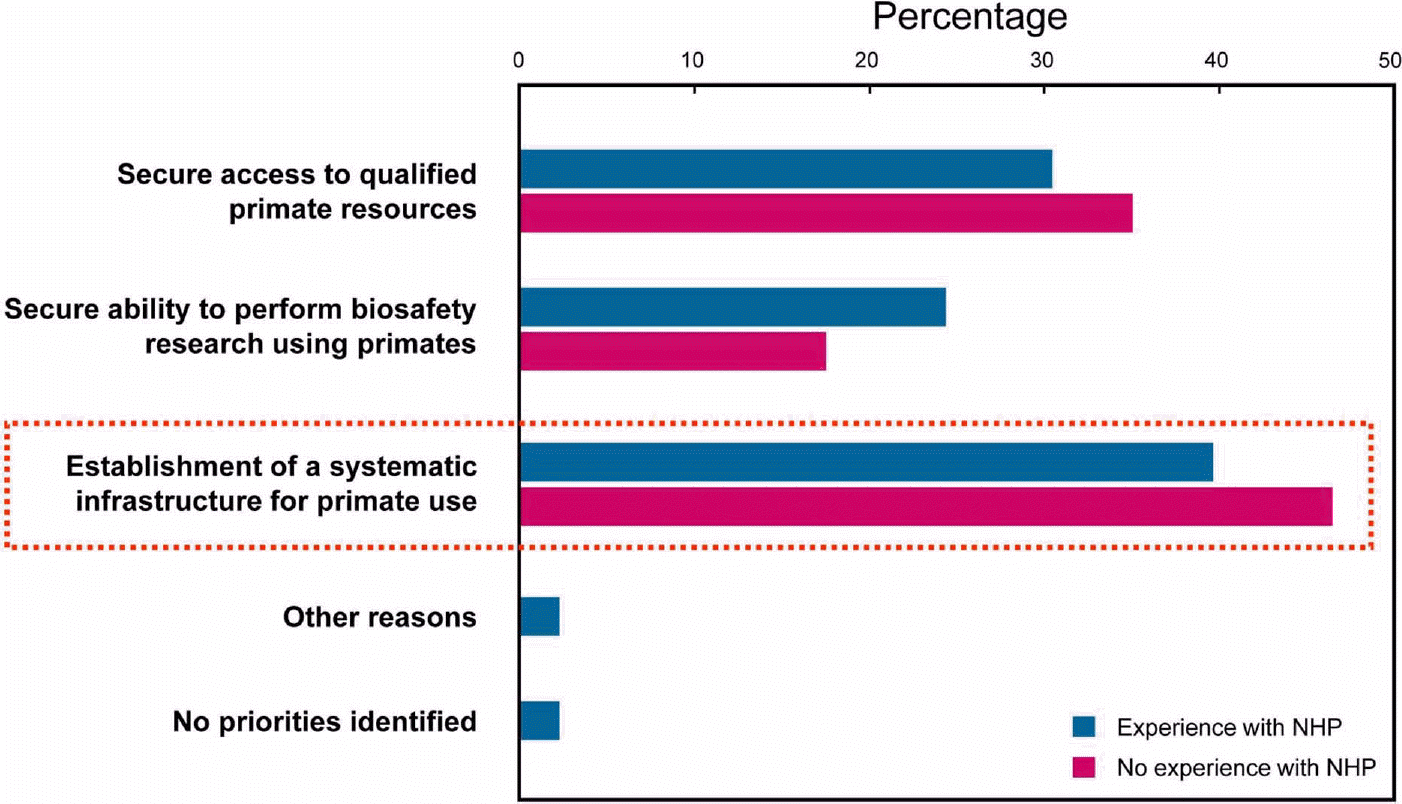
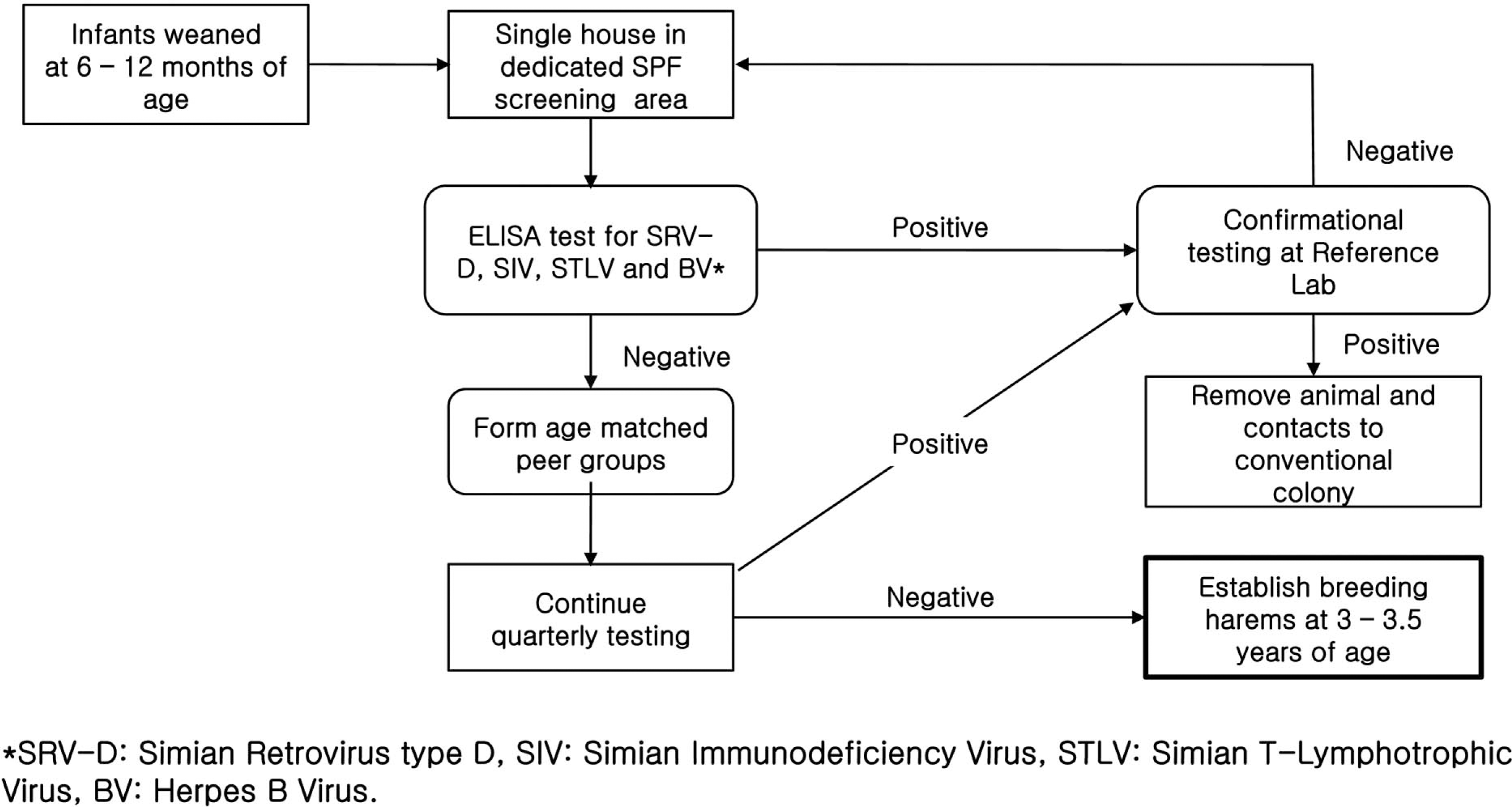
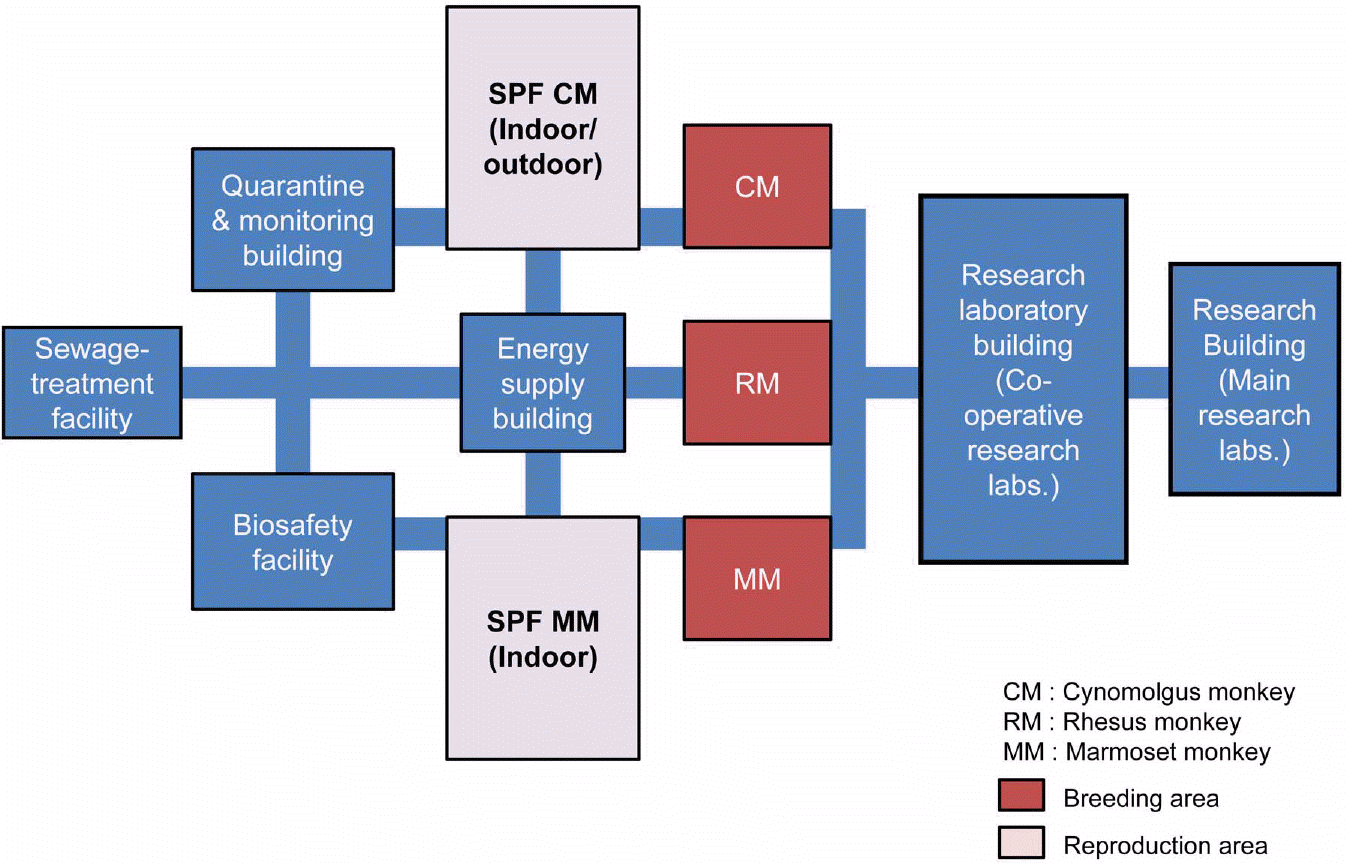
 XML Download
XML Download